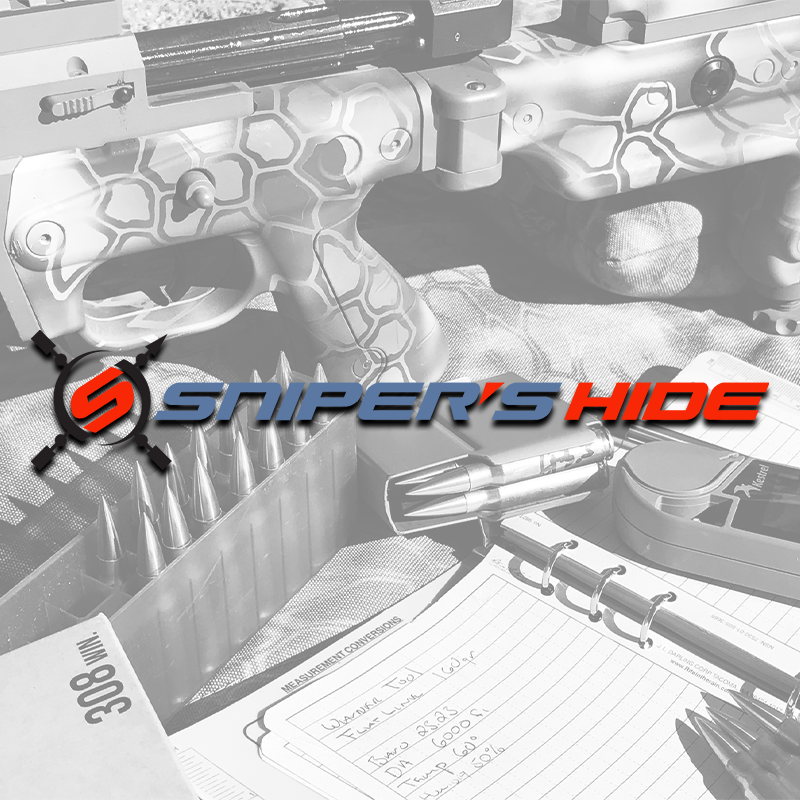Step 1: Establish the max charge weight. Did the 136gr load show pressure signs? Find max when the bullet is touching the lands, as you seat deeper the pressure will go down.
Step 2: Having established max, load three rounds each of 5% under max, then in 1 grain increments over a 6 grain spread.
Step 3: Setup the chrono and a target at (ideally) 300-500 yards. Round robin through the test rounds, leaving time for cooling. Either have a separate target dot for each group, or use a camera to track each shot location. You can also use white paper and color the bullets with felt tip markers.
Step 4: Examine results. You can reject a load that has an ES > 30fps over 3 shots, the SD is too high to be useful. You'd like an ES of 15 or less. Look for two groups to be on the same vertical point, that's the sweet spot for charge weight. Box each group, find MPI, draw horizontal lines across the target though each MPI and find the two lines closest together, or measure from the aiming point center to MPI center and find the two numbers that have the least difference. Those two charges should have a fairly consistent MV, avg over 3 shots likely within 20fps of each other. In an ideal world, the groups themselves show little vertical spread ( < 3/4 MOA vertical)
Step 5. Split the difference in the charge weights and test some seating depths to tune for precision. Don't seat so deep as to compress the load, ideally seat the bullet so the bearing surface does not extend below the neck and the boat tail does not go below the shoulder.



